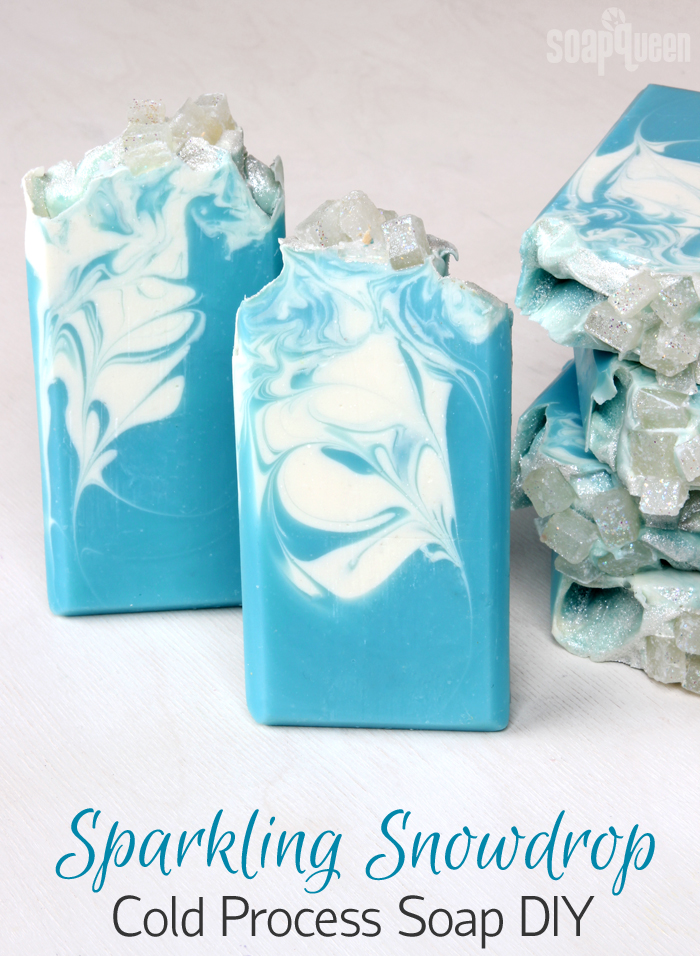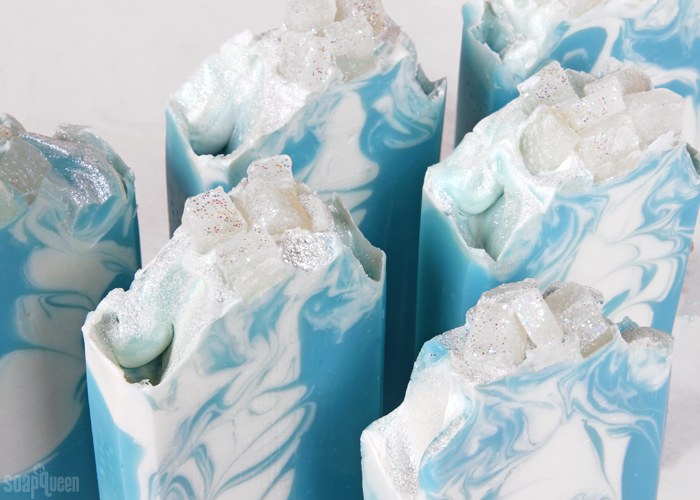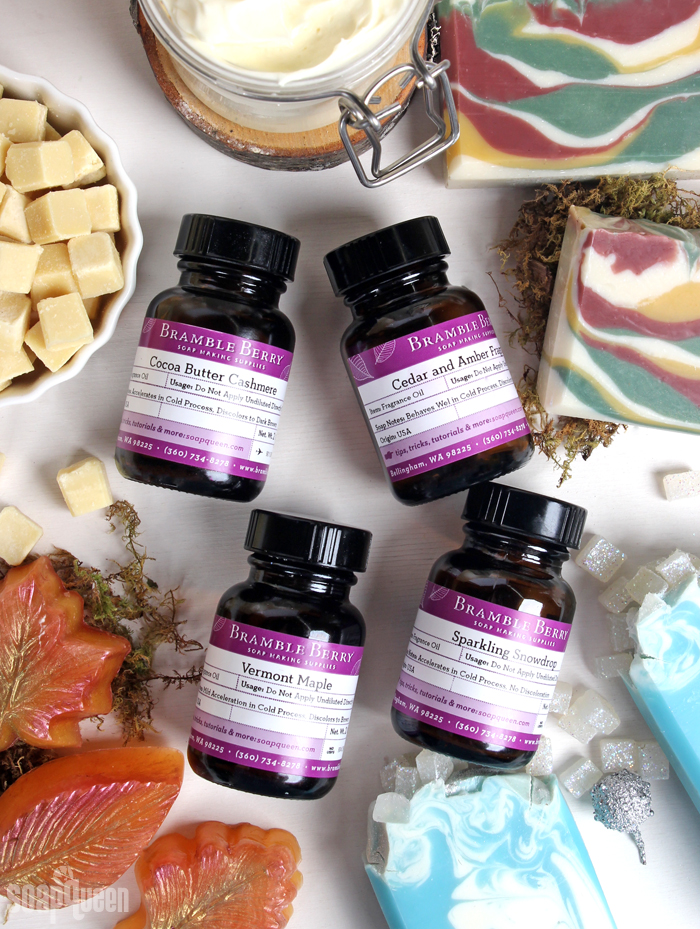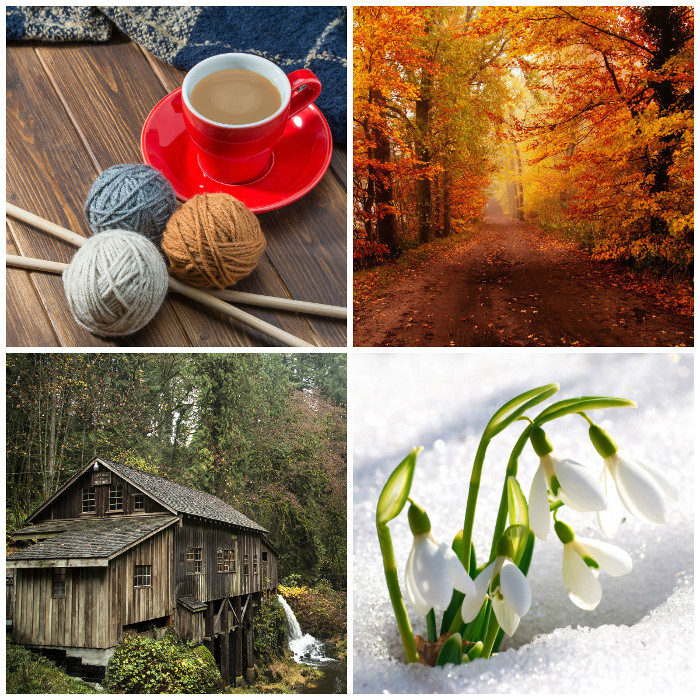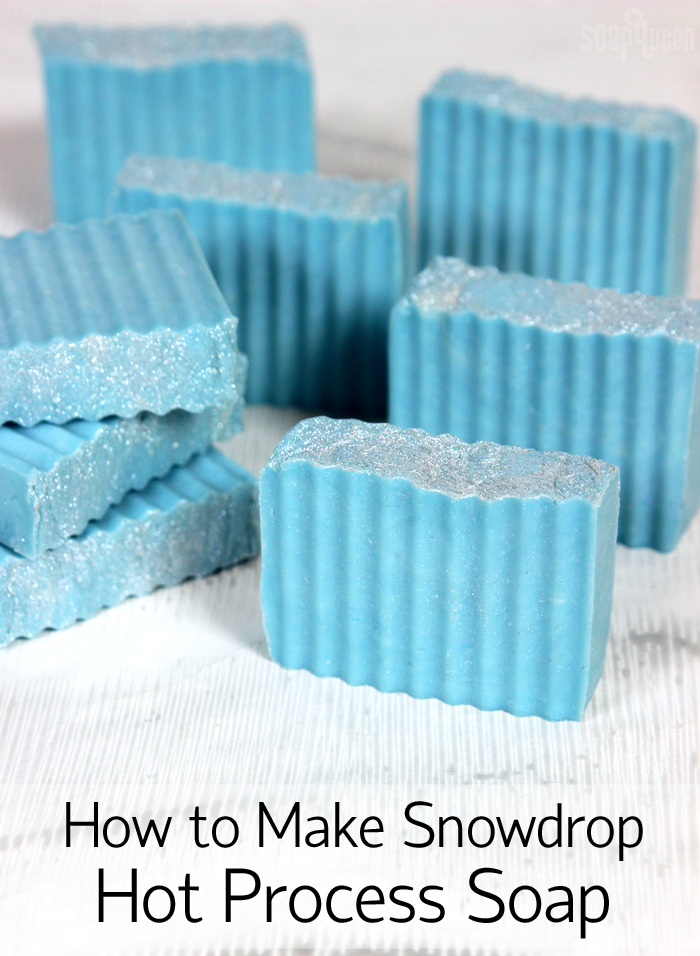
Hot process is a great soapmaking method when you want to enjoy your soap quickly. The main difference between hot process and cold process soap is that hot process soap is “cooked,” which speeds up the saponification process. This results in a loaf of soap that can be cut and enjoyed the same day. That being said, I always recommend a couple weeks of cure time to help water excess water evaporate and create an even firmer and longer lasting bar.
Hot process is usually made in a slow cooker, but can also be done in a double boiler. For this small recipe, I used a two quart Crock-Pot. Your recipe should only fill the cooking vessel halfway or less, because the soap will expand as it cooks. If you’re using a larger recipe, be sure to use a larger pot. If you have a larger sized slow cooker you can still make a smaller batch of soap. Just keep in mind that it may cook faster because it comes in contact with more surface area of the pot.
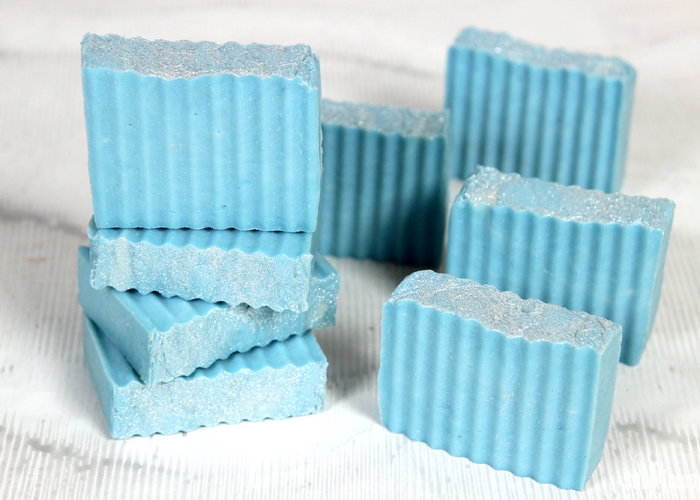
This recipe took about 12-15 minutes total cook time. Once the soap is done cooking, it will have a thick, fluid Vaseline-type texture. If you want to see hot process in action to get a better idea of the texture, check out this video. It can be tricky to know for sure when it’s done. One way is to place a small amount of the soap (just a small spoonful does the trick) into a cup of distilled water. Stir the soap in the water, and dip a pH strip into the water. If the pH is less than 10, it’s done cooking! If not, it’s still a little lye heavy. Cover and let it cook for a few more minutes.
This soap was inspired by icy winters. Caribbean Blue Mica is added once the soap is done cooking. A bit of Snowflake Sparkle Mica is also added. Because the Snowflake Sparkle Mica is a larger particle mica, you can actually see the sparkles in the final bar. I didn’t disperse the Snowflake Sparkle Mica in this tutorial because the original plan was to create “sparkle veins.” However, I ended up stirring a bit too much, then decided to nix that idea. It mixes in well without dispersing, but you can disperse it in a small amount of liquid oil if you’d like. =) The mica on top will wash away after a use or two, but gives a lovely finishing touch.
